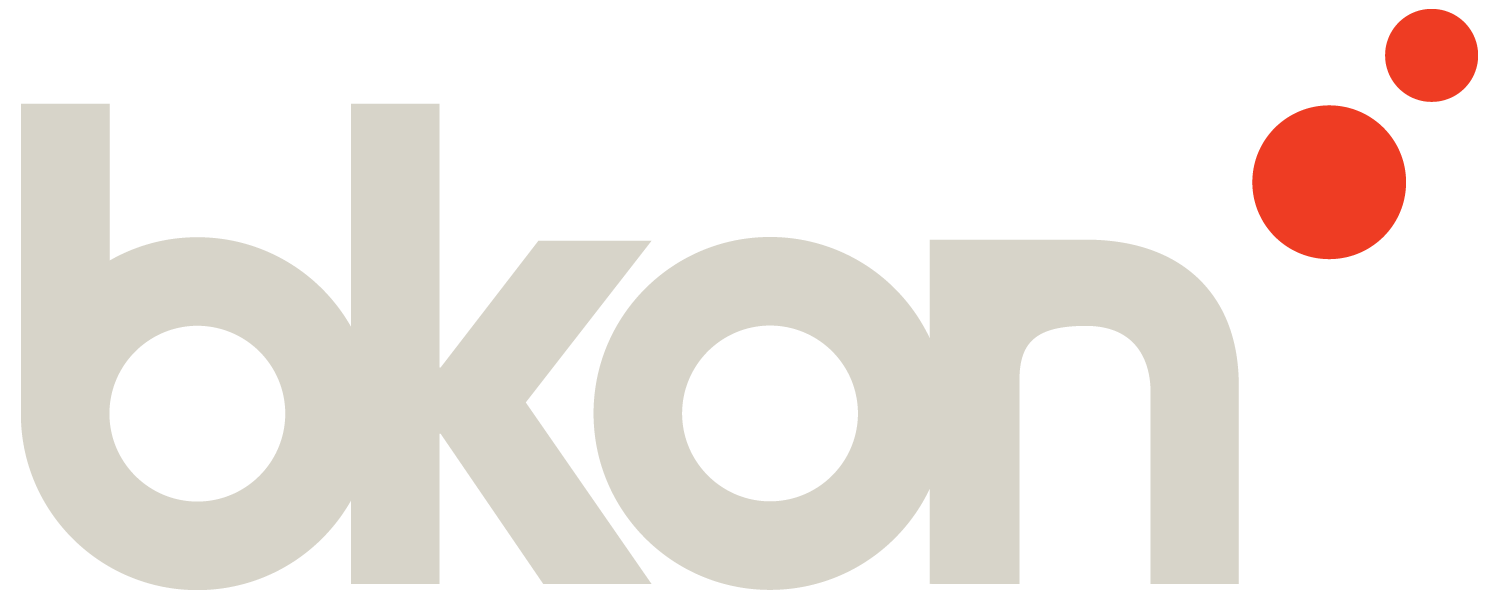The scientific breakthrough of aseptic thermal processing to make shelf-stable beverages is nothing short of a modern miracle.
But, the ability to create shelf-stable cold coffee without destroying the coffee’s nuanced and complex flavors is only a few years old. In this article, we’ll explore what’s different about this new approach to cold coffee, including:
A quick walkthrough of the three stages to make a shelf-stable coffee
Why not all coffee extraction methods perform equally when heat-treated
How coffee brands can make shelf-stable cold brew that’s just as delicious and complex as their hot coffee
Step 1: It Starts with Coffee Extraction
Commercial cold brew coffee extraction most commonly occurs in large production vats, similarly or even identical to the containers used to brew beer. These containers are designed to control only a few main variables: total extraction time, temperature (+/- three degrees), and sometimes agitation. Since these are often open systems, steeping coffee is exposed to the air with limited controls.
At BKON, we approach the extraction stage differently. Our RAIN technology operates within a completely closed system that relies on a unique combination of parameters that are atypical to other brewing methods, including:
Brewing at a variety of ambient temperatures
Controlling strength & frequency of negative pressure environments
Side view of the BKON STORM XL Brewer
These precise controls enable us to produce a unique recipe for each coffee that achieves our partners’ desired flavor profile with consistency that lasts 180+ days.
“Control is the key factor here. We use a Six Sigma approach and get really fine-tuned with how we create extraction recipes. That’s something you don’t see with other methods.”
— Itamar Loss, BKON
Also Read: Why Shelf Stable Cold Brew Is Taking Over the Coffee Service World
Step 2: Batching and Mixing
This second stage is where dilution occurs for straight black SKUs and where other ingredients are integrated into the coffee extraction for formulated products. Oat milk lattes and flavored cold brew are examples of products where batching and mixing are necessary.
Co-packers typically manage this process in large tanks equipped with different types of agitators and mixers which blend the ingredients into a single homogenous product.
Step 3: Thermal Processing
Shelf-stable products are heat treated to stop microbial growth and keep beverages safe for non-refrigerated storage and transit. The FDA regulates that coffee, as a ‘low acid food’ (those with a pH level at 4.6 or above) must undergo processing to become shelf-stable, which allows it to be stored and shipped without refrigeration.
The most common methods used by co-packers for cold coffee are:
Ultra High Temperature (UHT) + Aseptic Filling — In this method, the product is heated between 280° to 300° F for only 2 - 6 seconds to sterilize the liquid. Pre-sterilized packaging such as Schoelle bags and TetraPak cartons are essential to the product remaining microbial-free after filling.
Retort for Canning — This type of thermal processing does not require the beverage to be sterilized prior to packaging. First the cans are filled with the beverage and sealed. The packaged product is then heated with steam and/or water at a temperature of 160° to 175° and held for 7-15 minutes.
Similar to leaving a pot of coffee on heat for too long, traditional thermal processing tends to overcook the flavor of industrial coffee extractions. For this reason, even UHT processing that only occurs in a matter of seconds results in compromised flavor and increased bitterness. But the initial extraction method used can have a profound positive effect on the outcome of heat-treated products.
For coffee extractions created via RAIN technology, the difference is striking. It tastes like the coffee does on the cupping table, or when brewed fresh—every bit as complex and aromatic, without typical negative characteristics of shelf-stable coffee.
“We’ve done many blind tastings where people can’t tell which coffee is from the cold chain and which is shelf-stable from the RAIN method. We don’t see that loss of flavor quality during thermal processing with our extraction method.”
— Christina Stevens, BKON
Once thermal processing is complete, pallets of packaged products are sent off to customers and distributors.
Now that brands can create shelf-stable cold brew that exhibits the distinguished flavor their customers know and expect, a new range of cold coffee advantages are available.
Reducing costs by eliminating cold storage and transit
Increasing customer acquisition through a product that’s simple to manage and use
Expanding reach to new locations through large distributors
Offering the same consistency across multiple channels and product types
ALSO WATCH: Parlor Coffee’s Shelf-Stable Cold Brew Program
Want to explore how shelf-stable cold brew can simplify your operation and increase sales potential? Reach out today.




